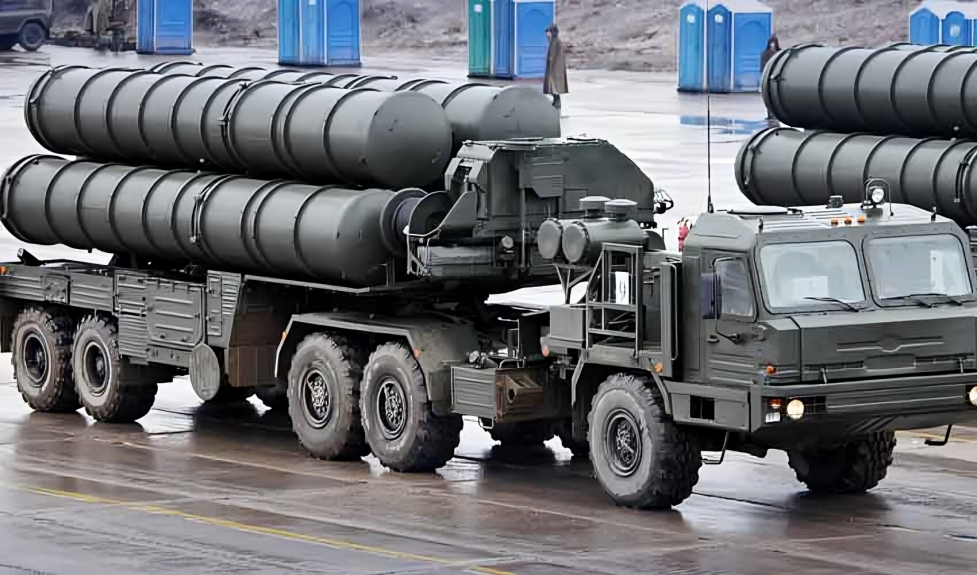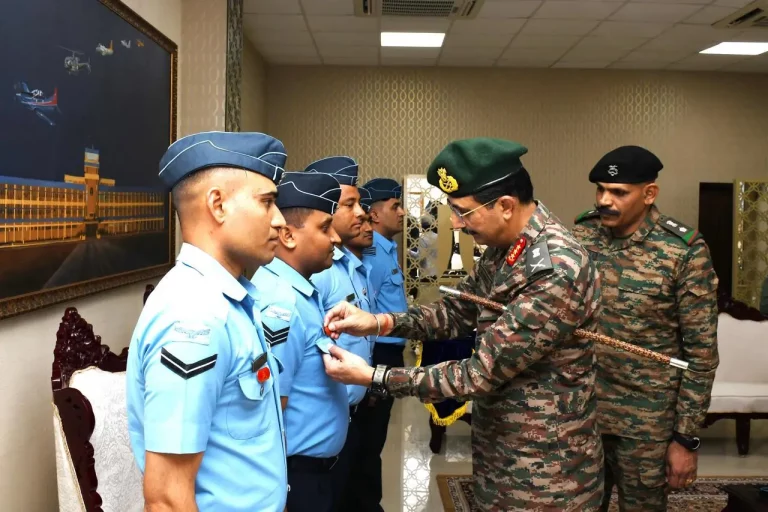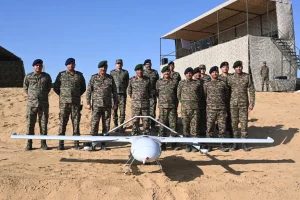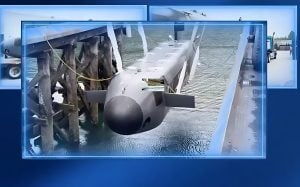India is on track to finalize the acquisition of the last two S-400 Triumf air defense regiments from Russia by August 2026, a significant development in its military capabilities. This delivery is part of a substantial $5.4 billion contract, which was signed in 2018 for a total of five regiments. However, the delivery timeline has faced delays of nearly two years due to logistical disruptions stemming from the ongoing Russia-Ukraine conflict.
The S-400 system is renowned for its advanced technology, recognized as one of the most sophisticated surface-to-air missile defenses in the world. It has the capability to engage a wide range of aerial threats, including ballistic missiles, fighter aircraft, and drones, at ranges of up to 400 kilometers. Since 2021, India has already deployed three S-400 regiments along its borders with China and Pakistan, bolstering its layered air defense strategy. This reinforcement addresses historical vulnerabilities, particularly highlighted during the 1999 Kargil War when India struggled with effective high-altitude air defense.
Despite these advancements, the effectiveness of the S-400 in combat was called into question during a significant incident in May 2025. Pakistan reportedly utilized Chinese-supplied CM-400AKG hypersonic missiles to target and destroy an S-400 unit located in Adampur, Punjab. This incident marked the first confirmed hypersonic attack on an S-400 system, illustrating the challenges faced by traditional air defense mechanisms in the face of emerging threats.
This event has ignited discussions among defense analysts regarding the relevance of legacy systems in an evolving security landscape. Hypersonic weapons, which travel at speeds exceeding Mach 5 and follow unpredictable trajectories, present a formidable challenge to existing missile defense technologies. Military experts argue that Pakistan’s increasing reliance on Chinese technology — particularly in missile systems and electronic warfare capabilities — signals a significant shift in the regional power dynamic.
Initially, India’s deal for the S-400 was perceived as a transformative asset in deterring threats from China and Pakistan. However, the changing nature of warfare, especially with the rise of hypersonic and precision-guided munitions, has led to calls for accelerated modernization of India’s defense arsenal. China, which has operated the S-400 since 2014, is suspected of assisting Pakistan in developing countermeasures and tactics, including jamming technology and new missile variants such as the DF-17 hypersonic glide vehicle.
While India maintains a qualitative edge in its air force, supported by advanced fighters like the Rafale and Su-30MKIs alongside indigenous air defense systems like the Akash, the urgency to adapt to new threats continues to grow. The development of long-range air-to-air missiles by Pakistan and China’s expanding military capabilities, including stealth aircraft like the J-20 and long-range bombers such as the H-6, complicates India’s security considerations.
In conjunction with the incoming S-400 regiments, India is also exploring other advanced air defense initiatives. These include directed-energy weapons, counter-hypersonic systems, and enhanced early warning capabilities. The new regiments are likely to be deployed along the strategically crucial Line of Actual Control (LAC) with China, where air dominance is increasingly vital.
The upcoming delivery of the final units of the S-400 system represents a pivotal step in India’s defense modernization efforts. Yet, as air and missile threats evolve rapidly, India faces the pressing challenge of effectively operationalizing its current air defense assets while simultaneously developing robust capabilities to address the next generation of warfare.



















